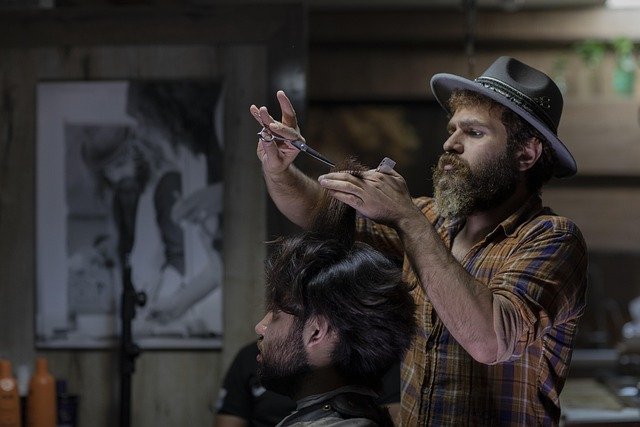Hairdresser Jobs: Roles, Skills, and Professional Guidance
A hairdresser job involves more than cutting hair; it encompasses consultation, styling, coloring, treatments, and maintaining a professional salon environment. This article provides informational guidance on the profession and career considerations and does not advertise or list specific job openings, active job opportunities, or salary figures. Use this as a practical overview to learn about the skills and service standards common in salon work.

What does a hairdresser do in a salon?
In a salon setting, a hairdresser performs haircuts, coloring, styling, and various treatments while interacting closely with customers. Daily duties include washing and conditioning hair, using scissors and tools safely, applying color or chemical processes according to protocol, and finishing styles for events or everyday wear. Administrative tasks such as scheduling and maintaining client records can also be part of the role. Attention to customer preferences and clear consultation helps ensure services meet expectations.
What skills and training are important for professionals?
Technical skills for a hairdresser include cutting techniques, color theory, and styling with heat tools and products. Many professionals gain competence through vocational courses, apprenticeships, or certification programs that cover both theory and hands-on practice. Soft skills—active listening during consultation, time management to keep a schedule, and friendly customer service—support repeat business. Ongoing training in new styling trends and treatment protocols helps maintain professional standards in an evolving beauty field.
How should consultation, hygiene, and safety be handled?
During consultation, a hairdresser assesses hair type, discusses desired results, notes prior treatments, and explains maintenance and possible risks. Hygiene and safety are essential: disinfecting combs and scissors, using disposable materials when appropriate, and following local regulations minimize infection risks. Proper handling of dyes and chemical treatments, plus clear communication about allergies and aftercare, protects both customer and professional and supports a trustworthy salon service environment.
Which styling and treatment services are commonly offered?
Salons typically offer haircuts, blowouts, coloring, highlights, smoothing treatments, and targeted scalp or conditioning services. Each service has a standard time and resource requirement that informs scheduling and price structuring within a salon. Stylists may recommend complementary treatments or at-home care products to extend results. When evaluating local services in your area, review the salon’s service menu and typical treatment durations to understand how a stylist’s daily schedule and service mix influence client experience.
What career paths and workplace considerations exist, including Japan?
Career options for hairdressers range from junior stylist to senior colorist, educator, or salon manager; some choose freelance or mobile services or specialize in bridal and editorial styling. For those considering work in Japan, cultural expectations, language skills, and local licensing or visa requirements are relevant for professional integration. Understanding local customer service norms and salon etiquette can be important. Regardless of location, building a portfolio and professional reputation supports steady career development.
How do professionals manage development and client relationships?
Long-term professional growth relies on consistent service quality, clear consultation, and tracking client preferences and outcomes. Many stylists keep records of past treatments, preferred products, and regular scheduling patterns to build client loyalty. Participating in workshops, product trainings, or industry events helps expand treatment offerings such as advanced coloring or restorative treatments. Maintaining high standards for hygiene and informed consent for chemical services ensures responsible practice and supports client trust.
Conclusion
A hairdresser job blends technical craft, creative styling, and customer-focused service within salon and freelance contexts. Understanding the core services—haircut, coloring, styling, and treatments—alongside consultation practices, hygiene standards, and career pathways helps set realistic expectations for those exploring the profession or evaluating local services in your area. Continuous learning and attention to professional standards support sustainable work in the beauty industry.






